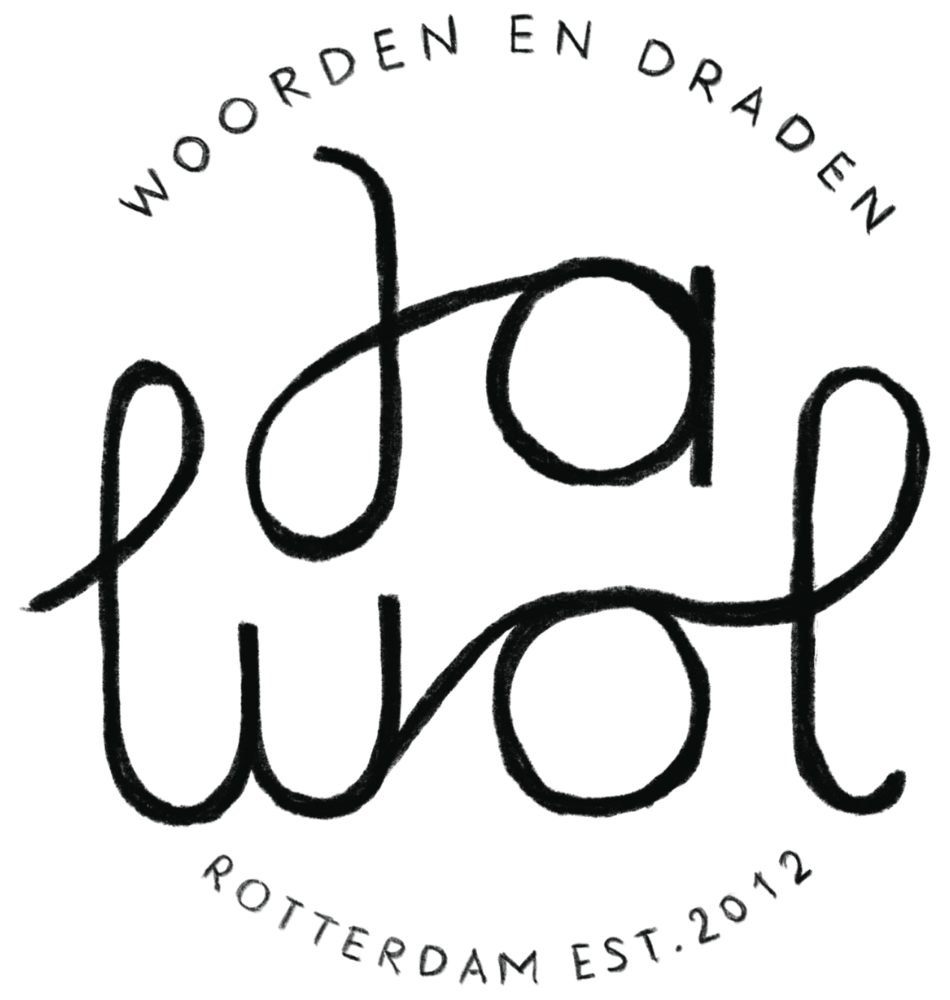Warning: you might find the content of this email annoying, unnerving and even a little bit disturbing.

I just received a text from a knitting friend that had almost the same information as a text I received from another knitting friend a few weeks ago.
“HOW THE HECK IS ONE SKEIN OF DK YARN NOW €38,50?”
(Name is known to the editor)
For those of you that don’t live and breathe yarn; one 100 gr. skein of dk yarn is about the amount you need to knit a headband, a baby beanie or two small wrist warmers.
You need around 7 skeins for a size large (whatever that means) sweater.
I’ve been an advocate for fair pricing and good consumership for over a decade and still the people around me sigh when they see the real prices of things. It’s not because I never share my thoughts, I tell you that much… It’s also not fully on them, it is because the industry as a whole allowed this to happen and keeps allowing it.
Prices are going up everywhere. Our beloved craft shops have to follow suit. And we need to deal with it.
Today I don’t want to talk about the reasons. I’m not going to complain about it either. I’m focussing on the positions of small businesses to rising prices in overhead and material costs and what it means to them.
We are makers, we need the sellers. The sellers need us, the makers. We are family. Let’s get this awkward family Christmas dinner conversation out of the way…
Business owners that actually need to (or want to) make a living with their work, NEED to ask for realistic prices. They HAVE TO react to circumstances if they want their business to survive. This is reflected in their prices if they want to run a sustainable business.
I’m taking the hand dyed skeins of yarn POV for this mail.
Realistic pricing:
- When a business calculates the price of the product so they can make a profit, looking at more than just multiplying the base yarn by 2,5. And not going with the ‘whateverthecustomerwillpay’ strategy.
- Re-sellers have to ask a higher price than the brand because they need to make a profit too.
Unrealistic pricing:
- Most skeins of hand dyed yarns have been sold for prices that are way too low. Hobbyists and starting businesses have been keeping the prices too low for years.
- And because there are so many of them, they all look at each other and copy the prices without actually doing the math. Or just winging it.
- When dyers sell their yarns on their own websites for much lower than they are sold in shops.
The shops and brands that work with realistic prices have to deal with a lot of criticism.
Not fair.
I know of one business owner that actually was afraid to up her prices. She waited and waited until she didn’t have a choice, dreading the reaction of her customers.
How do we feel about that?
Good consumership and Good business-ownership might look like this:
- When you start your business, do it well, do the work, find out how to start a sustainable and fair business. Even if it’s ‘just for fun’, respect the people that need to make a living, keep the industry healthy.
- Established businesses, communicate to and with your customers. Be transparent about your choices and reasons. If you wish, you don’t have to, but it might help you sleep better and keep better relationships with those that buy from you.
- As a consumer with a low budget; knit what you need, knit from stash, swap, buy less fancy yarn, use your creative magic.
- As a consumer with a high budget; do all of the above and then buy the yarn you like, support the businesses and brands that made it and ENJOY it!
As I warned you at the start of this email, you might not agree with me on this one. That is great! I love a good conversation. I love to learn. Let me know how you feel about this, react to the post or join the conversation in our online community.
Consumer, answer this question for yourself: do you actually know why the products you buy are priced the way they are? What makes a yarn or fabric cheap, what makes it expensive?
Do you think of the people that make your yarns and tools as part of your community? Part of the ecosystem that makes it possible for you to relax and make something wonderful?
And if you are a business owner (I have a special newsletter for you by the way…) do you talk to your customer, do you know what they need and want to buy and can you have a conversation with them about what it takes to keep your business going?
Winter is coming, it’s getting cold. We need the wool. We need each other. Be kind.
